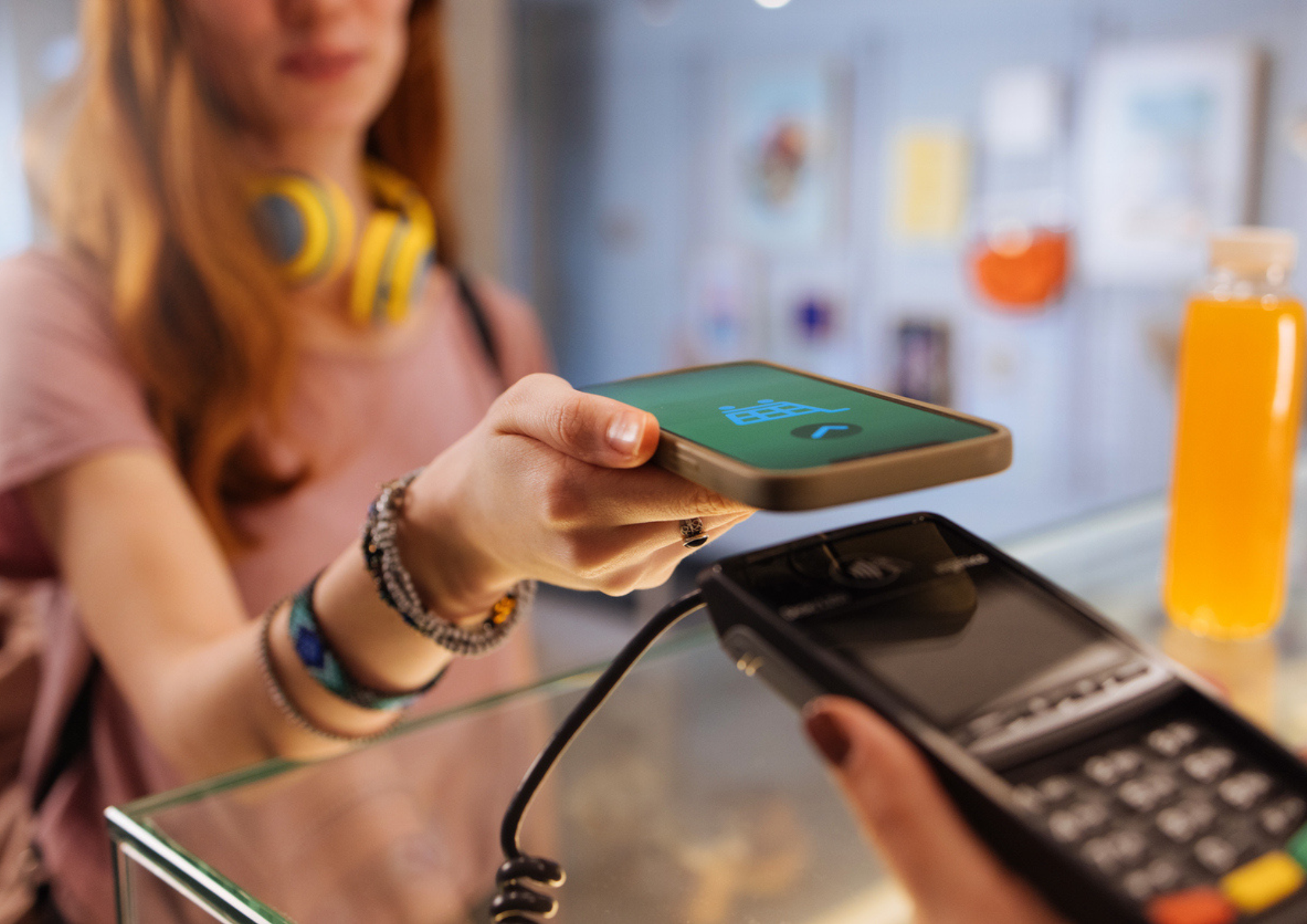Emerging Trends in Youth Banking in Australia

Emerging Trends in Youth Banking in Australia
Australia’s youth banking scene is undergoing an exciting digital evolution. As Gen Z becomes more financially active, banks and fintechs are innovating to provide the digital tools, educational resources, and omnichannel experiences that young Australians expect. Here’s what’s trending right now—and what’s coming next.
Gen Z Leads the Charge on Financial Confidence
In 2025, Gen Z (ages 14–29) stands out as the most financially confident generation in Australia. Almost a third of Australians aged 18–29 say they feel confident discussing their money, compared to just one in ten over 50s. They’re also far more likely to rate themselves as skilled budgeters and savvy savers, outpacing older generations and embracing digital financial literacy.
Social Media and “FinTok” Shape Money Attitudes
Young Australians are absorbing financial advice in new ways. Platforms like TikTok, YouTube, and Instagram are packed with “FinTok” creators and money management hacks—money management videos on TikTok alone racked up over 21 million views last year. While banks urge young people to double-check advice from social media, many financial institutions are now sharing educational content and tips on these platforms, meeting youth where they spend their time online.
Digital Tools and App-Based Banking
Gen Z favours interactive, app-based tools that help them budget, save, and set personal finance goals. Many major banks now offer in-app features for tracking spending, setting savings targets, and visualizing progress. Nearly half of Australians under 25 use these digital personal finance tools, reflecting a shift toward real-time, on-the-go money management.
Youth banking powerhouse Spriggy has emerged as a standout success in youth banking by offering a product that uniquely caters to the financial needs and habits of young Australians and their families. Designed as a prepaid card and mobile app for children, Spriggy empowers kids to manage their own money under parental guidance. This innovative approach combines financial literacy with practical experience, allowing children to learn about budgeting, saving, and spending in a safe, controlled environment.
Spriggy‘s success is largely attributed to its engaging, user-friendly interface, which appeals to both tech-savvy kids and busy parents. The app provides tools for setting savings goals, tracking spending, and even earning money through chores, which helps children develop essential money management skills from an early age. Furthermore, Spriggy‘s strong emphasis on parental control and security reassures parents, who can monitor transactions, set spending limits, and receive real-time notifications. By seamlessly integrating financial education with everyday money management, Spriggy has tapped into the growing demand for digital financial solutions that prepare the next generation for a financially responsible future.
Omnichannel Experiences, Not Siloed Services
Banks are moving from siloed, multichannel approaches to true omnichannel experiences. This means young customers can interact with their bank via mobile, online, or in-person—and enjoy a seamless, unified journey. Gen Z expects banking to fit their life, not the other way around, so banks are investing in consistent support and personalized journeys across every channel.
Investing Early and Embracing Digital Assets
Gen Z is investing earlier and more broadly than previous generations, including in stocks, ETFs, and digital assets like cryptocurrencies. Almost half are in the share market, and they’re 45% more likely than Millennials to start investing by age 21. They also have a strong appetite for crypto and are open to new ideas like digital currencies and blockchain-based trading.
Financial Wellness and Goal Setting
Setting savings goals is a top priority for Gen Z, with 41% listing financial goals as their main New Year’s resolution. Banks are gamifying savings, making financial progress visible, and rewarding goal achievement to help youth turn intentions into actions. This focus on financial wellness is driving new features and services aimed at building lifelong money skills.
Alternative Perspectives
Not all youth have equal access to digital tools—rural, low-income, or tech-averse young people may face hurdles. While the digital revolution is largely positive, banks must ensure inclusive strategies
References:
- The viral money trends helping Gen Z save big in 2025 – NAB News
- Top retail banking trends 2025 – Capgemini Australia
- 5 in 5: the key trends of 2025 – ANZ
- Financial Stability Review | April 2025 – Reserve Bank of Australia (PDF)
- Speaking to Gen Z: How banks can attract young customers – World Economic Forum https://www.weforum.org/stories/

